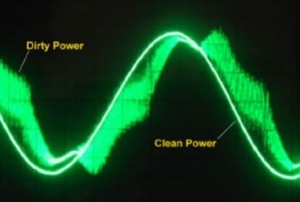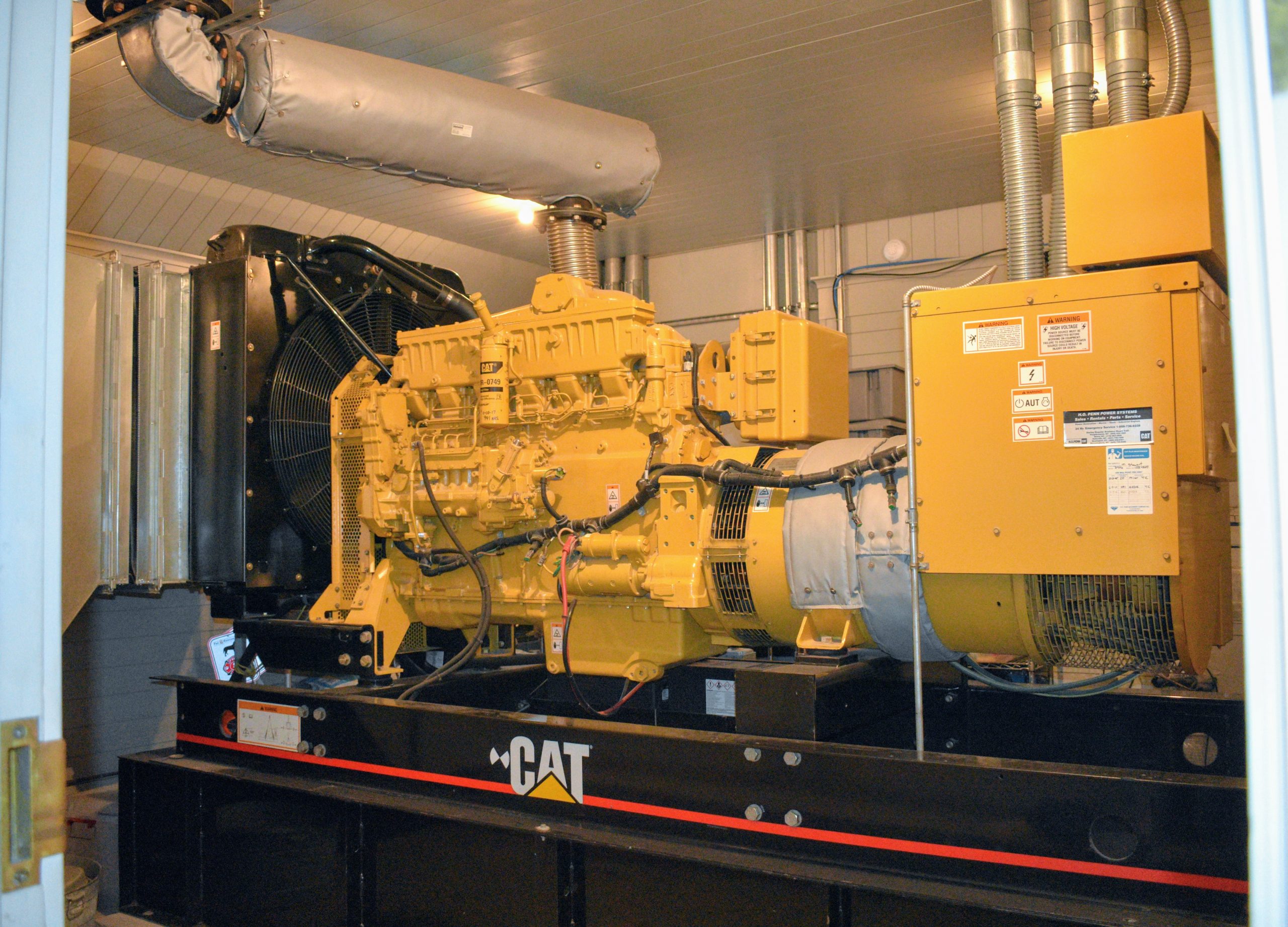Cleaning dirty power from a generator can be done by using a power washer. First, turn off the generator and unplug it from any power source. Next, use the pressure washer to spray down the entire exterior of the generator.
Be sure to get all of the nooks and crannies. Once you have sprayed it down, use a clean cloth to wipe it dry.
- Assuming you are talking about an electrical generator: 1
- Disconnect the generator from any power source
- Remove the cover of the generator to access the internals
- Inspect the brushes and slip rings for signs of wear or damage
- Replace if necessary
- Clean any dirt or debris from the exterior of the generator with a damp cloth
- Be careful not to get water inside the unit
- Reconnect the generator and test it to make sure it is running properly

Credit: www.emfanalysis.com
How Do You Clean Up Dirty Power?
There are a few ways to clean up dirty power, the most common being through the use of filters. Filters can be installed at either the utility level or at the customer level, and work to remove impurities from the electricity before it reaches your home or business. Another way to clean up dirty power is through the use of generators that produce clean energy.
These generators can be powered by renewable resources like solar and wind, providing you with a green and sustainable option for powering your home or business.
What is Dirty Generator Power?
Dirty generator power is a term used to describe the output of a generator that is not properly cleaned or maintained. This can lead to a number of problems, including reduced efficiency and increased emissions. Dirty generator power can also be a safety hazard, as it can cause fires or explosions.
If you are using a generator, it is important to make sure that it is clean and well-maintained. This will help to ensure that it runs safely and efficiently.
Do Generators Have Clean Power?
Yes, generators can have clean power. In fact, many generators are now designed to produce clean power. This is because there is an increasing demand for clean power sources, and generator manufacturers are responding to this demand by creating products that emit fewer pollutants.
One way that generators can have clean power is by using alternative fuels such as natural gas or propane. These fuels burn cleaner than traditional fossil fuels such as coal or oil, and as a result, they produce fewer emissions. Additionally, many newer model generators are equipped with emission-control devices that further reduce the amount of pollutants emitted into the air.
Another way that generators can have clean power is by using renewable energy sources such as solar or wind power. These types of generators do not use fossil fuels and therefore do not contribute to air pollution. Additionally, solar and wind power are both free resources that will never run out.
How Do You Flush a Generator?
If you need to flush a generator, the first thing you need to do is disconnect it from any load. Once it’s disconnected, open the bleed screws on the generator head. Start the engine and let it run until all the air is purged from the system.
Close the bleed screws and reconnect any load.
Cleaning up the “dirty” sine wave from a non inverter generator. This is part 1, proof of concept.
Power Line Conditioner for Generator
There are many types of power line conditioners on the market, but not all of them are suitable for use with generators. A power line conditioner for generator use is a specialized device that is designed to improve the quality of the electrical power supplied by a generator. These devices can be used to protect sensitive electronic equipment from damage caused by voltage spikes or other power quality problems.
Power line conditioners for generator use typically have a number of features that set them apart from other types of conditioners. For example, they often include surge protection circuitry that can help to prevent damage from sudden increases in voltage. They may also have filters that help to remove harmful electromagnetic interference (EMI) from the power supply.
In addition, many power line conditioners for generator use include automatic voltage regulation (AVR) circuitry that can maintain a constant output voltage even if the input voltage varies.
When choosing a power line conditioner for generator use, it is important to select one that is rated for the specific make and model of generator you will be using. You should also consider the features you need and the price you are willing to pay.
Power line conditioners can vary widely in price, so it pays to shop around and compare products before making a purchase.
How to Clean Sine Wave from Generator
If you want to clean sine wave from generator, there are a few things that you need to do. First, you need to make sure that the generator is turned off and unplugged. Next, you will need to remove the access panel so that you can get to the coils.
Once you have accessed the coils, you will need to use a brush or vacuum cleaner attachment to clean them off. Be sure to pay attention to any cracks or damage on the coils as well – if they look damaged, it’s best to replace them. Finally, reassemble the generator and plug it back in.
How to Clean Up Dirty Power
If your power is dirty, it’s time to clean it up! Here’s how:
1. Disconnect all devices from the power source.
This includes unplugging any cords or appliances that are plugged into outlets.
2. Inspect the area around your power source for dirt, dust, or debris. If you see any build-up, use a vacuum cleaner with a hose attachment to remove it.
3. Once the area is clean, plug all devices back into the power source and turn them on. Allow them to run for a few minutes so that any dirt or debris that was dislodged can be removed from the system entirely.
How to Stabilize Portable Generator Power
If you experience a power outage, a portable generator can be a lifesaver. However, portable generators are not without their challenges. One of the biggest challenges is keeping the power output stable.
Here are some tips to help stabilize your portable generator’s power output:
1. Use a heavy-duty extension cord. A cheap extension cord will not be able to handle the full power output of your generator and will likely cause voltage fluctuations.
Invest in a good quality, heavy-duty extension cord specifically designed for use with generators.
2. Connect appliances and devices directly to the generator using individual cords. Do not plug multiple devices into one outlet or daisy chain them together – this can also cause voltage fluctuations.
3. If possible, avoid running the refrigerator and freezer at the same time as other appliances on the generator. The fridge and freezer draw more power than most other appliances and can tax the generator if run concurrently with other devices. If you must run them at the same time, stagger their usage by turning one off for 30 minutes while running the other (for example).
Conclusion
If your generator is dirty, there are a few things you can do to clean it. First, check the air filter and clean or replace it if necessary. Next, use a brush or hose to remove any dirt or debris from the outside of the unit.
Finally, run some gasoline through the engine to flush out any contaminants. By following these steps, you can ensure that your generator will be running clean and efficiently.






Leave a Reply